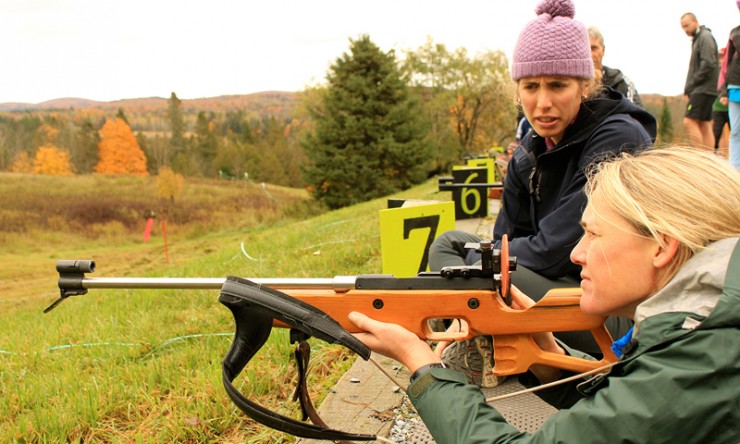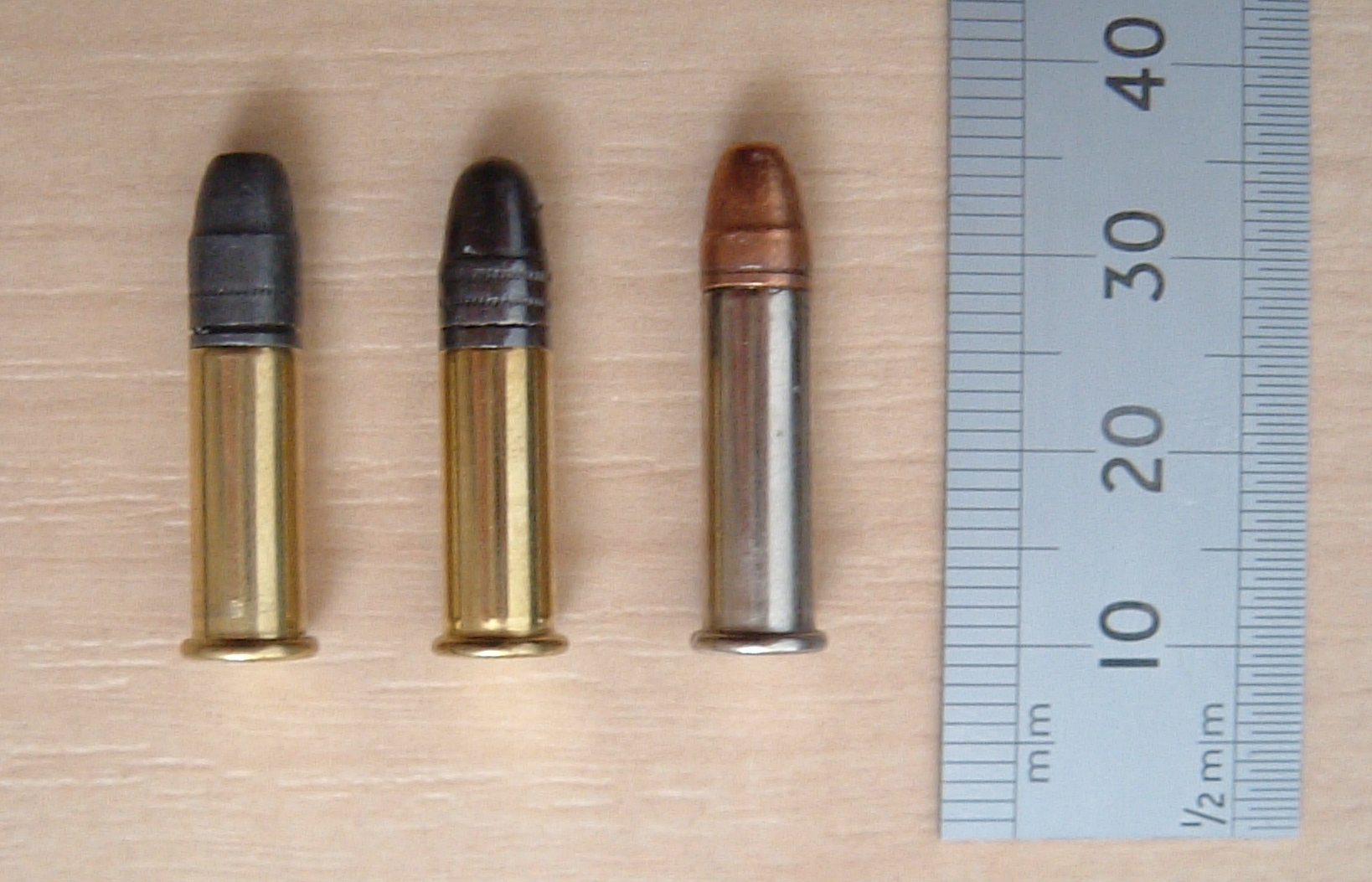
For the last five years, there has been an ammunition shortage in the U.S. The shortage is most acute in inexpensive rimfire-type ammunition, particularly .22-caliber, which is preferred by competitive and recreational shooters.
Though a careless web search can send you down a rabbit-hole of internet-forum conspiracy theories, the National Rifle Association (NRA) studied the problem and determined that the shortage was being caused by increased demand in the civilian market. President Barack Obama’s election in 2008 has created a lasting sense that gun and sales will be restricted, which has resulted in a five-year-long buying frenzy.
Steve Hornady, president of Hornady Ammunition, one of the nation’s leading ammunition manufacturers, explained the cause of the shortage to the NRA. “We’re working as hard as we can to get as much out as possible,” he said, according to Forbes.com. “People walk into the store, they don’t see as much as they want so they take everything they can get. The next guy who comes in can’t get anything, so he panics … ”

The .22 long rifle (.22lr) bullet has long been the bullet of choice for target and competition shooting due to accuracy, low recoil, and low cost. With retail shelves nation-wide empty, how have American biathlon clubs responded?
“Our club has been affected by ammunition shortages,” explained Zach Hall, head coach at AK Biathlon. “A large bulk order put in last year still hasn’t been produced by Federal, leaving many biathletes scrambling to find other sources of .22lr. Mostly, families with small stores of ammunition have resorted to sharing with those in need, and everyone is going out of their way to purchase more when they travel to the lower 48.”
But the shortage is not restricted to Alaska.
“The junior program isn’t being affected yet, but some of our masters are having to conserve ammo,” explained Eric Tremble of the Ethan Allen Biathlon Club in Jericho, VT, in an email. “We buy our ammo directly from Federal/CCI through their youth direct sale program where Federal sells ammunition directly to clubs to be used exclusively for youth shooting. It’s a great program except that it’s only offered when Federal has surplus.
“Because of the infrequency of the offers, we were proactive and bought the maximum allowed amount whenever we could. I put in big orders in 2011 and 2012, and we’ve been using that ever since. At one point I had an entire bookshelf filled with ammo, but now it’s down to three cases. Those three cases will get us through the rest of this summer and next winter. I’m hoping that Federal will be able to offer the youth program again before we run out.”
“Our club has been affected by ammunition shortages. … Mostly, families with small stores of ammunition have resorted to sharing with those in need, and everyone is going out of their way to purchase more when they travel to the lower 48.” — Zach Hall, AK Biathlon Head Coach
Seth Hubbard, of the Maine Winter Sports Center, encountered shortages in the past, but has enough ammo for the time being.
“The biggest thing that I am doing is that I am spending more time working on sourcing the ammo that we need as well as keeping an eye on our inventory as we move through training,” he wrote.
The shortage has been most account in the cheapest bullets, which are most popular with recreational shooters. However, even competitive biathletes use the cheaper ammo during training.
“The quality of ammo hasn’t been affected, though lower grade (cheaper) target ammo is more difficult to locate, especially in bulk,” Hall continued. “With .22 ammo being less prevalent it has been necessary to include more dry-fire drills as a precursor to live-fire training. Also, we have several high-tech laser rifles that have substantially expanded our training opportunities and reduced our direct reliance on ammo. We use the laser rifles to teach athletes a new concept and only when they have achieved a level of mastery over fundamentals do we add live ammo to the progression.”
For Hall’s team, however, the need resort to the laser rifles has been a bit of a silver lining.
“[The laser systems] allow for real-time monitoring and playback of aiming, shot placement, breathing, and follow through,” Hall explained. “As a coach I can diagnose issues on a laser rifle after only a few shots because I can see details of what’s happening during the whole shot process. With live ammunition some of that info is more difficult or impossible to discern without shooting through hundreds or even thousands of rounds.”
“Another benefit to the laser rifles is that I can use the system to teach young kids or athletes who may initially be apprehensive about the loud noise of a gun or anticipated kick,” Hall added. “Once they’ve learned the basics of shooting then we can introduce them to live-fire shooting and the transition is usually really comfortable and low stress.”
Like AK Biathlon, the Maine Winter Sports Center has encountered a shortage in the cheaper types of ammunition.
“The biggest shortage that I have encountered and heard other coaches dealing with has been on the lower-grade ammo that younger athletes may be using,” Hubbard wrote in an email. “This is the grade of ammo that you will see more commonly at your local sporting shop, when it is available. This ammo is very very hard to come by and I am sure that it is causing greater shortages with clubs and athletes, depending on how individuals are purchasing their ammo there can be long waits.”
But, as with all nordic sports, the coaches become personally invested in their athlete’s performance:
“We’ve also been using up my personal supply from when I was racing in the ’90s,” Tremble added.




2 comments
T.Eastman
July 17, 2014 at 10:56 pm
Could it be that Coach Joar Himle and his charges have been burning through the supply?
Pingback: Combat Blog